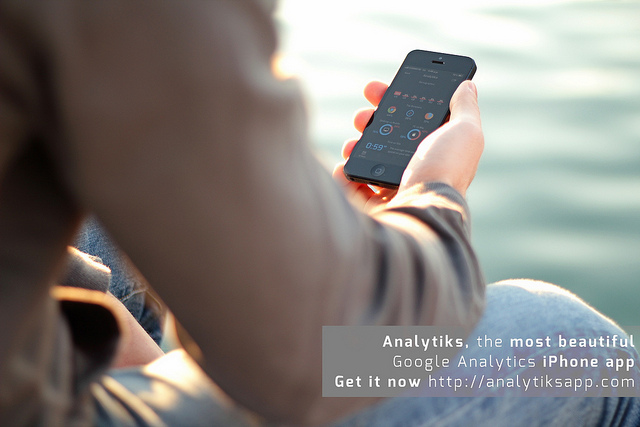These days, most enterprise marketers use a multichannel brand awareness and business development strategy to spread the word about their company, products and services via a variety of platforms including digital ads and social media marketing. But, sadly, television still gets the lion’s share of ad spend. Isn’t it time for enterprise brand marketers to demand their TV campaigns work harder and smarter?
According to a recent Nielsen report, Internet display ad spending grew 32 percent in 2013, which demonstrates the growing power of the digital medium. However, Internet display advertising still makes up just 4.5 percent of total spending, with TV accounting for nearly 58 percent. And marketers have good reason to put their faith in TV advertising: A Nielsen analyst noted that TV remains the most trusted source of paid media information.
But the question remains: How do brand marketers measure the effect of their TV marketing to make their campaigns more accountable? Predictive modeling platforms can provide the answer by delivering data. The concept of “Big Data” has generated significant buzz in the business world for the past several years, and in this instance, the hype is justified: Big Data can provide unprecedented insights into how advertising drives consumer behavior.
In the past, marketers in sectors such as insurance and telecommunications put brand awareness campaigns on television with no accurate way to measure the return. But predictive modeling technology offers a more scientific and analytical approach, empowering enterprise brand marketers with accurate metrics to demonstrate exactly how campaigns are delivering responses via the web, telephone and retail locations.
With an intelligent marketing platform, enterprise brand marketers can bring all relevant media performance data together with information on fulfillment, cost center data and web analytics. This allows them to tie consumer actions back to the specific airing of direct response TV ads. By using an algorithm similar to that used by day traders, marketers that use predictive modeling technology can accurately project which specific ad slots will drive the desired consumer response.
And who wouldn’t want this Holy Grail of television advertising? A fully accountable media strategy that enables brand marketers to funnel ad spend where it drives the best response and redirect dollars that aren’t generating sufficient ROI. None of this would have been possible just a few years ago, but with predictive modeling technology [ed. which I’ve only just become aware of having attended conference like eMetrics and Predictive Analytics], it’s not only feasible – it’s affordable. And given what’s at stake in terms of television ad spending, brand marketers would be wise to explore predictive modeling.
This contributed article was written buy was written by Jill Draper, President of Marketsmith Inc.
Image credit: CC by Titanas





